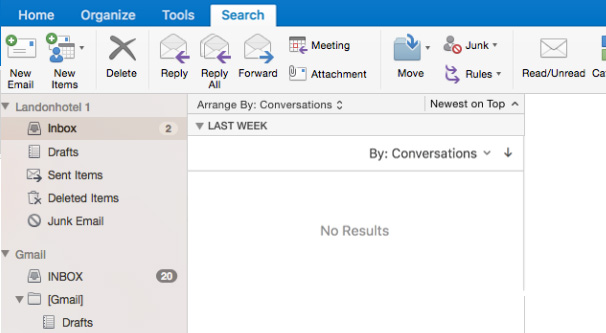

When you’re done, click “OK” until you get back to the Manage All Views window and then click “Apply View” to apply the view to the current folder. The Advanced View Settings window opens, and you can customize your view the way you want. Select the type of base view you want to start with and click the “OK” button. If you want to create a brand new view, click the “New” button in the Manage All View window. The Manage All Views window lets you add, edit and delete views, as well as see the settings applied to each view. Click “Manage Views” to see all of the views to which you have access. If you click View > View Settings again, Outlook displays your new view as an available option. Click “OK” when you’ve set everything up. This opens the Copy View window, where you can give your view a name and choose who can see the view. Click View > View Settings again and select the “Save Current View as a New View” command. You can also keep your customized view as a template so that you can apply it to other folders in the future. You can select as many folders (or subfolders) as you want. Select the folders to which you want to apply the view and then click “OK.” Click View > View Settings again and this time, click the “Apply Current View to Other Folders” command. Once you’ve customized your view, you can apply the same view to any other folder without having to customize each one. Play around with the various options to find what works best for you. You can add or remove lots of different columns, group and sort messages in different ways, and even change the fonts and styles used to display messages. These are just two quick examples of what you can do. The folder view has now changed so that the “Mention” column is hidden and the folder is sorted by the person who sent the mail. Now click “OK” on the Advanced View Settings. You can customize the current folder view by clicking View > View Settings.

Outlook groups the emails by date (with the latest at the top), styles unread messages in bold blue text, and shows messages you’ve read in a regular black font.īut you can change that view if you want. Each of those folders looks the same by default, with columns that contain metadata about the email, like the sender, subject, date and time received, and so on. Every place you keep your email in Outlook-whether it’s the inbox, sent items, archive, deleted items, or any other place-is a folder.


 0 kommentar(er)
0 kommentar(er)
